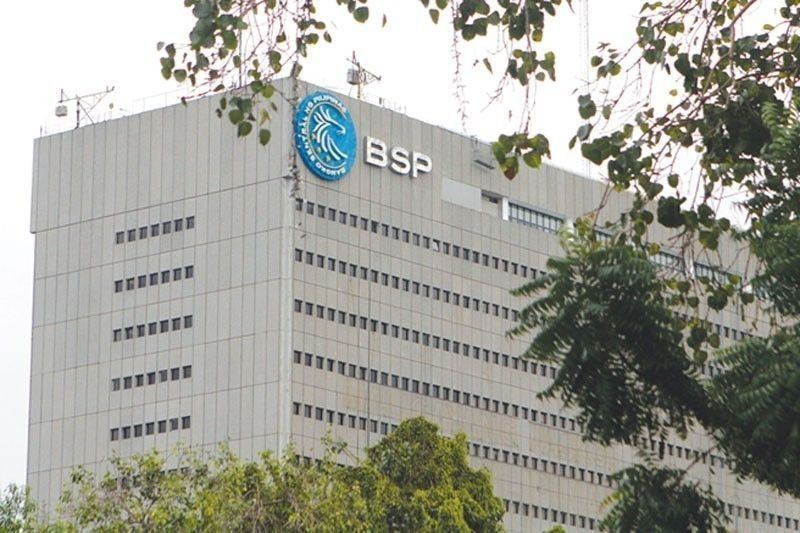Banks’ NPL ratio eases to 3-month low in March

MANILA, Philippines — The non-performing loan (NPL) ratio of Philippine banks eased to a three-month low of 4.08 percent in March from 4.24 percent in February as soured loans slipped with the easing of COVID lockdowns, resulting in increased economic activity.
This was the lowest NPL ratio for the country’s banking sector since the 3.97 percent in December last year.
Data released by the Bangko Sentral ng Pilipinas (BSP) showed the bad debts of Philippine banks rose by 2.7 percent to P460.46 billion in March from P448.44 billion in the same month last year.
On the other hand, the industry’s loan book grew at a faster rate of 5.8 percent to P11.28 trillion in March from P10.66 trillion a year ago amid the further reopening of the economy, as the National Capital Region (NCR) and nearby provinces gradually shifted to Alert Level 1 in March after being upgraded to Alert Level 3 in January when COVID cases hit daily record levels due to the more contagious Omicron variant.
The banking sector’s NPL ratio stayed above four percent from February to November last year due to uncertainties brought about by the pandemic. It peaked last year at a 13-year high of 4.51 percent in July and August before declining steadily to 3.97 percent in December.
Statistics showed that the past due loans, referring to all types of loans left unsettled beyond payment date, declined by 4.4 percent to P544.59 billion in March from P569.64 billion a year ago, translating to a past due ratio of 4.83 percent.
Restructured loans jumped by 46.7 percent to P341.77 billion in March from P232.92 billion in the same month last year, resulting in a restructured loan ratio of 3.03 percent.
Amid the slight rise in soured loans, banks beefed up the allowance for credit losses by nine percent to P406.975 billion in March from P373.28 billion a year ago for a higher loan loss reserve level of 3.61 percent.
This translated to a higher NPL coverage ratio of 88.38 percent as of end-March from 83.24 percent in end-March last year.
The BSP sees the NPL ratio of Philippine banks accelerating and peaking at 8.2 percent for this year.
BSP Governor Benjamin Diokno earlier said the central bank would continue to closely monitor the impact of emerging COVID-19 variants on the banking system.
“Supervisory and surveillance tools have been strengthened to ensure that appropriate focus and attention are placed on this area,” Diokno said.
On the other hand, international credit rating agencies believe that the NPL ratio of Philippine banks already peaked last year.
For one, S&P Global Ratings earlier said the ratio already peaked at 4.5 percent last year and is expected to decline with the implementation of Republic Act 11523 or the Financial Institutions Strategic Transfer (FIST) Act.
The BSP sees banks offloading P152 billion worth of bad assets via the FIST Law, helping reduce the NPL ratio of the banking sector by 0.63 to 0.71 percentage points.
Lending activities are expected to pick up further, with credit growth accelerating to 8.9 percent in March from 8.8 percent in February as the country booked a stronger-than-expected gross domestic product growth of 8.3 percent in the first quarter.
- Latest
- Trending




























